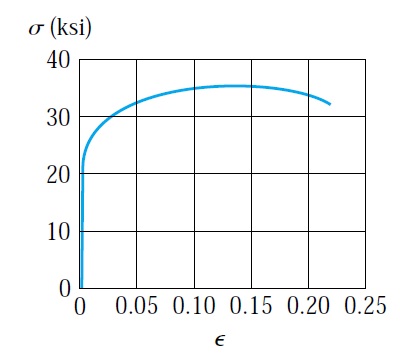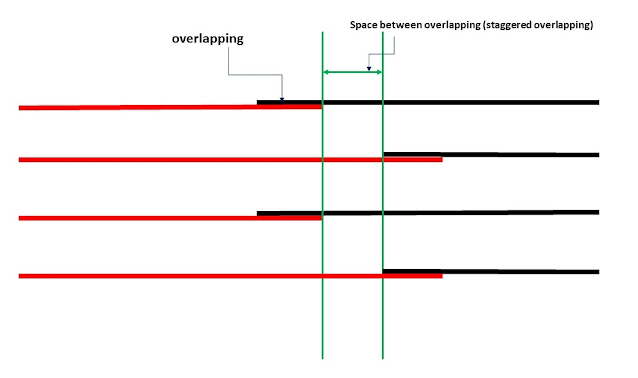Cooling concrete with liquid nitrogen
Cooling of concrete is very important to prevent the thermal cracks. The rapid concrete hydration will generate a high amount of heat. This heat will cause high tensile stresses higher than fresh concrete strength. Concrete in hot weather and mass concrete are susceptible to thermal cracking. In general concrete, the temperature is reduced to prevent thermal cracking. In addition to thermal cracking, hot weather can increase the rate of slump loss and increase the rate of water evaporation. The reducing of concrete temperature can be done by covering the aggregates, storing the cement in a shaded area, and using ice to cool the water. Recently liquid nitrogen used to reduce the temperature of concrete.
The LN has a temperature of -196 C˚ (-320F˚). The LN used to cool the concrete directly on the concrete mixer. LN is stored in a special tank that can endure the low temperature of LN. The LN discharge by injection lance to concrete mixer after discharging the concrete, as shown in figure no:1. The injection lance is attached to the frame once the truck mixer aligned with the frame. The injection lance is inserted to the rear of the truck, and LN is injected. The liquid LN injected for a short time (milliseconds). The LN quickly transform to gas under normal atmospheric condition. The low temperature and high pressure of LN can turn into a dangerous material. However, the injection process of LN is fully automated. An operator sitting in the control room will inject the LN to a concrete mixer, which ensures the safety of workers. The using of LN will allow precise temperature control. Also, the temperature of concrete will be reduced without changing the water-cement ratio. Moreover, LN can reduce the temperature of concrete more than other methods such as cooling water with ice. Actually, the LN can cool the concrete to a temperature near the freezing without affecting concrete workability significantly.

Cooling concrete with liquid nitrogen will have a minimal impact on concrete properties and performance. Testing has shown a slight or no impact of using LN on concrete properties such as slump, setting time, yield, compressive, splitting tensile strength, elastic modulus, drying shrinkage, rapid chloride permeability, and hardened and fresh air void analysis. I believe the using of nitrogen can be considered as an effective method to cool concrete without negatively impacting concrete strength and durability.
The LN has a temperature of -196 C˚ (-320F˚). The LN used to cool the concrete directly on the concrete mixer. LN is stored in a special tank that can endure the low temperature of LN. The LN discharge by injection lance to concrete mixer after discharging the concrete, as shown in figure no:1. The injection lance is attached to the frame once the truck mixer aligned with the frame. The injection lance is inserted to the rear of the truck, and LN is injected. The liquid LN injected for a short time (milliseconds). The LN quickly transform to gas under normal atmospheric condition. The low temperature and high pressure of LN can turn into a dangerous material. However, the injection process of LN is fully automated. An operator sitting in the control room will inject the LN to a concrete mixer, which ensures the safety of workers. The using of LN will allow precise temperature control. Also, the temperature of concrete will be reduced without changing the water-cement ratio. Moreover, LN can reduce the temperature of concrete more than other methods such as cooling water with ice. Actually, the LN can cool the concrete to a temperature near the freezing without affecting concrete workability significantly.

Figure 1
Cooling concrete with liquid nitrogen will have a minimal impact on concrete properties and performance. Testing has shown a slight or no impact of using LN on concrete properties such as slump, setting time, yield, compressive, splitting tensile strength, elastic modulus, drying shrinkage, rapid chloride permeability, and hardened and fresh air void analysis. I believe the using of nitrogen can be considered as an effective method to cool concrete without negatively impacting concrete strength and durability.















Also, casting of concrete can aswell be done at Night times hours when temperatures are Abit lower than the day.
ReplyDeleteYes thats correct
Delete